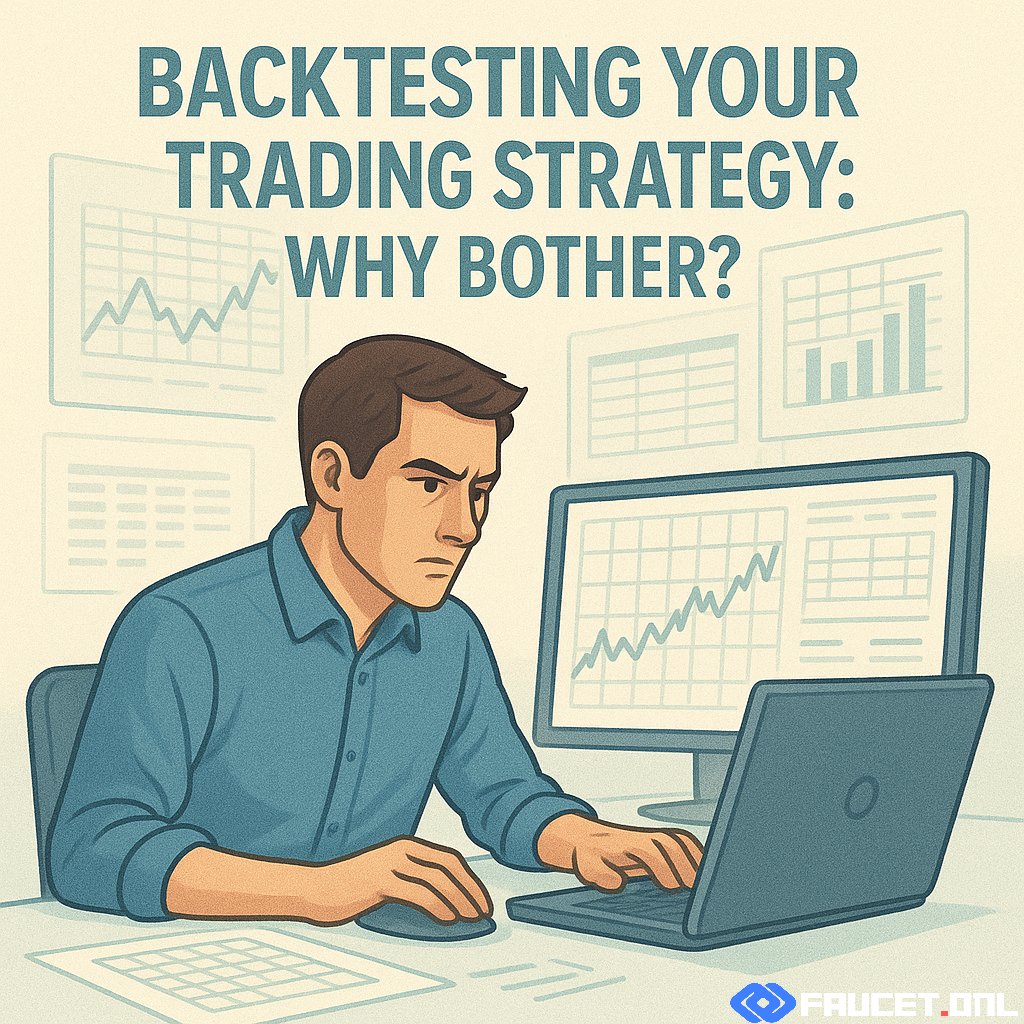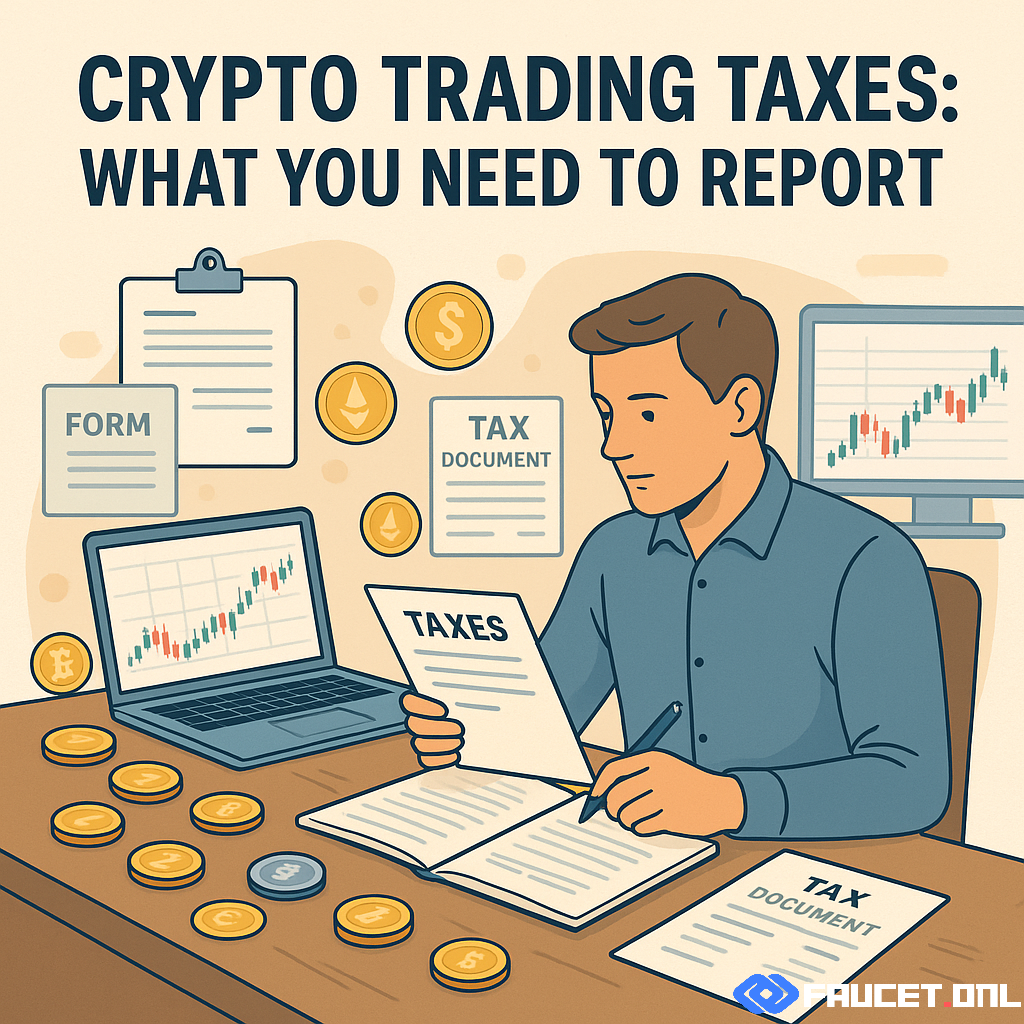What’s Backtesting?
Backtesting is the process of evaluating a trading strategy by applying it to historical market data. Instead of risking real money in the markets straight away, traders simulate trades as if they had followed their strategy in the past. This approach helps to assess whether the chosen method would have been profitable, how often it wins or loses, and what kind of drawdowns or volatility to expect.
In crypto trading, backtesting usually involves using software tools or spreadsheets to run your strategy on previous price data for Bitcoin, Ethereum, or any chosen asset. The goal is to gather statistical evidence of performance before going live. The process reveals not only raw profitability, but also how the strategy handles different market environments—ranging from bull runs to sharp corrections.
Effective backtesting bridges the gap between theory and practice, letting you objectively measure how an idea might have worked, instead of relying on hunches or hindsight bias.
Why Backtesting Matters
Backtesting serves several vital functions for data-driven traders:
- Evidence-Based Decisions: It removes emotion from trading by relying on statistical outcomes, not gut feeling or hype.
- Strategy Validation: It quickly identifies if a strategy has an edge—or if it’s just wishful thinking. Strategies that fail in backtests are unlikely to work live.
- Performance Insights: Backtesting reveals win rates, average profits/losses, risk/reward ratios, and exposure to losing streaks.
- Risk Management: It helps traders set realistic stop-losses, position sizes, and expectations for drawdowns or losing periods.
- Optimization: By tweaking strategy parameters and rerunning tests, traders can refine their methods for better results—while watching for the danger of overfitting.
- Confidence Building: Knowing your strategy’s historical strengths and weaknesses provides the discipline needed to stick with your plan through volatility.
For data-driven traders, backtesting is a core workflow, not an optional extra. It transforms raw ideas into actionable systems with measurable potential.
How to Backtest Your Strategy
The backtesting process involves several structured steps:
- Define Clear Rules: Write down your trading logic—entry/exit criteria, stop-loss levels, position sizing. Ambiguous rules lead to unreliable results.
- Obtain Quality Historical Data: Use accurate, high-resolution price data for your chosen crypto asset. Gaps or errors can skew your results.
- Choose a Backtesting Tool: For manual strategies, spreadsheets (Excel, Google Sheets) may suffice. For automation or complex logic, platforms like TradingView, QuantConnect, or custom Python scripts are preferable.
- Run the Simulation: Apply your rules to the historical data, recording every trade’s entry, exit, win/loss, and size. Aim for a large enough sample size (hundreds of trades, if possible) to draw meaningful conclusions.
- Analyze Results: Examine metrics like total return, maximum drawdown, win/loss ratio, Sharpe ratio, and volatility. Visualize trades on price charts to spot patterns or weaknesses.
- Refine and Retest: Adjust parameters if needed—but avoid optimizing only for past data. Run new backtests on out-of-sample data to check robustness.
The best backtests mimic real-world conditions, including realistic fees, slippage, and order execution delays. The more accurate your simulation, the more valuable your findings.
Pitfalls of Backtesting
Backtesting is powerful, but it’s easy to fall into traps that undermine results. Key pitfalls include:
- Overfitting: Tuning your strategy too closely to past data produces great backtest results but poor live performance. Avoid excessive optimization.
- Look-Ahead Bias: Accidentally using future data in your simulation—such as closing prices or indicators unavailable at the time—renders the test meaningless.
- Ignoring Costs: Many backtests omit trading fees, slippage, or liquidity constraints, which can turn apparent profits into real losses.
- Sample Size Issues: Testing on too little data, or during only one market regime (e.g., bull runs), can skew your expectations.
- Data Snooping: Running many strategies on the same data and picking the one that worked best by chance leads to false confidence.
- Emotional Bias: Retrofitting or “cherry-picking” trades after seeing the results, instead of strictly following your rules.
Recognizing these pitfalls is crucial for drawing valid conclusions from your backtests. Always challenge your results and aim for robustness over perfection.
Pro Tips for Effective Backtesting
For data-driven traders, a few best practices make backtesting much more valuable:
- Be Systematic: Stick to clear, rule-based logic at every step—no guessing or improvising mid-simulation.
- Use Realistic Assumptions: Include all relevant costs and delays. Simulate as close to real-world trading as possible.
- Test Out-of-Sample: After optimizing, run your strategy on unseen data to check if it still works outside the backtest period.
- Record Everything: Document not just the outcomes, but also your process, tools, parameters, and rationale. This creates a learning archive for future improvement.
- Monitor for Regime Changes: Markets evolve—retest strategies regularly to ensure continued relevance.
- Stay Skeptical: Treat even positive backtest results with caution. View backtesting as a filter, not a guarantee of future profit.
Backtesting is not a magic wand, but it is a critical tool for developing and validating trading strategies with real potential. Embrace the process, learn from your data, and let statistical evidence—not hope—guide your trading decisions.
Conclusion: The Data-Driven Edge
Backtesting offers traders an analytical edge by turning subjective ideas into objective, testable strategies. While not foolproof, a disciplined backtesting routine separates professional, data-driven traders from the crowd. Use it to build confidence, manage risk, and adapt in ever-changing crypto markets. In trading, knowledge—and preparation—are everything.



